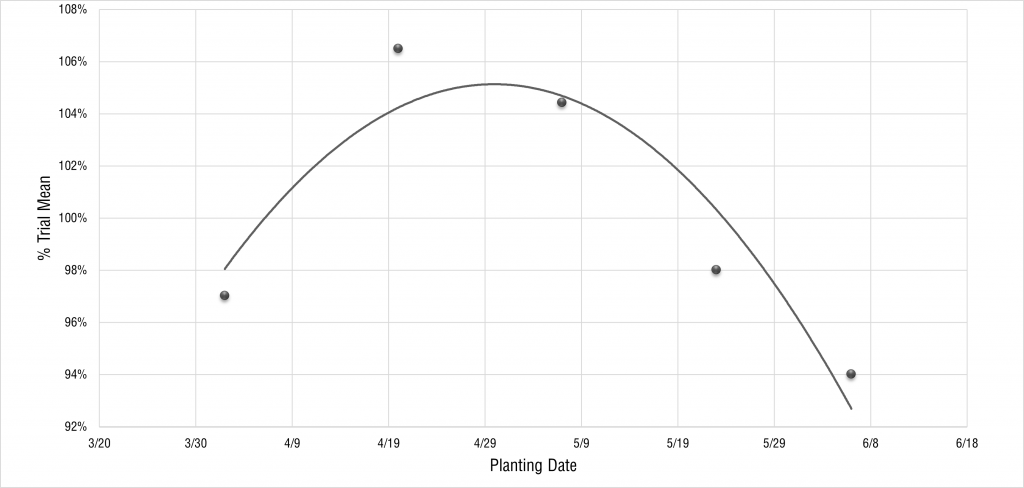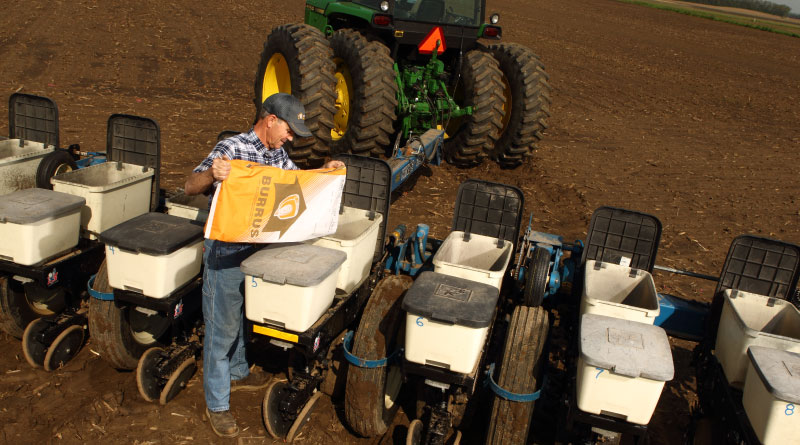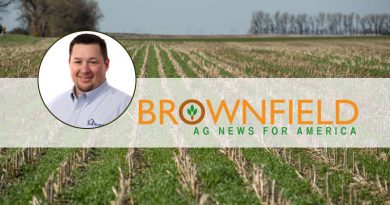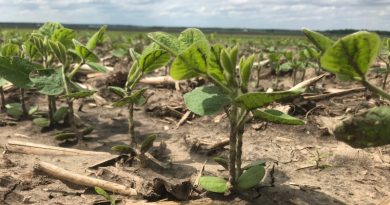Corn Planting Date Dilemma
The decision of when to start planting is difficult each year. Although we do not have a crystal ball on when the best planting date will be, we can base our suggestion on historic data and field conditions. This year (2020) started off wet and colder than average. By May 23, we were 28% behind our 10-year average GDUs, but after that point we gained and ended just 2.7% behind that same 10-year average. This slow start led to increased germination times and poor stands. If you look at April 2 planted corn, it failed to accumulate 230 GDUs required for germination until April 26, equating to seed being in the soil for 24 days. Conversely, our April 20 planted corn hit that same GDU mark in 13 days. This rapid emergence led to stronger emergence and more consistent stands.
Consider forecasted conditions when planning an early April planting. Although we can experience high temperatures in late March and into April, those temepratures can return to normal or below normal rapidly leading to extended germination periods. Almost as important as soil temperature is soil moisture, specifically conducting any type of field work in saturated soils. This season, the wet spring led to some planting being conducted in saturated soils. Throughout the summer and into the fall those compacted soils have shown themselves through deformed roots, reduced yields and poor standing corn.
In our trials over the last several years we have seen the same basic pattern to yields versus planting date. This year has fallen in line with the trend of our earliest planted corn yielding at or just below the trial average (Figure 1.) The mid to late April planting peaked in yield, subsequent plantings trailing off an the lowest yielding planting being the last planting of the trial.

Does this mean you can and should plant all your corn acres the third week of April? The short answer is no. Although we have seen a trend of this period having the highest yield potential there are many factors that benefit from a spread out planting schedule. Everyone can probably pick a couple days this past season that ended up producing the worst yields on the farm. Now, imagine if you would have been able to plant all your acres in that same window. At planting time, you probably felt good about your decision but once harvest started you were rethinking that decision.
Lastly, we have learned over the past couple years even though we may not plant on the ideal planting date we can plan appropriately to avoid the worst late planting dates. Historically, between our earliest planting and the third week of May we see yields that are at or above the average yields for the year. Therefore, we recommend planting once field conditions are fit and soil temperatures are greater than 50°F and forecasted to rise. Getting an early start will allow you to accommodate rain delays and inevitable breakdowns to allow you to plant your crop in a timely manner while maximizing yield potential.
This article was originally published in the 2020 Burrus Harvest Report.






